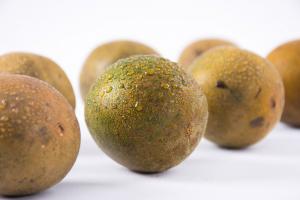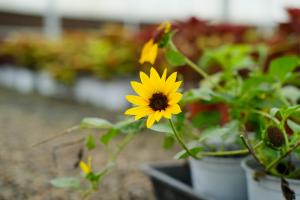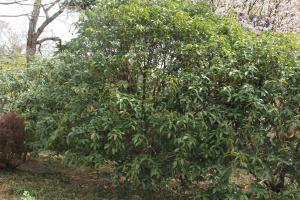Really no flowers?
Fig seems to have no flowers, but it actually has flowers. It is a typical plant that seems to have no flowers but has flowers. For those flowering plants that bloom brilliantly and attract bees and butterflies, figs are cryptogamous plants.
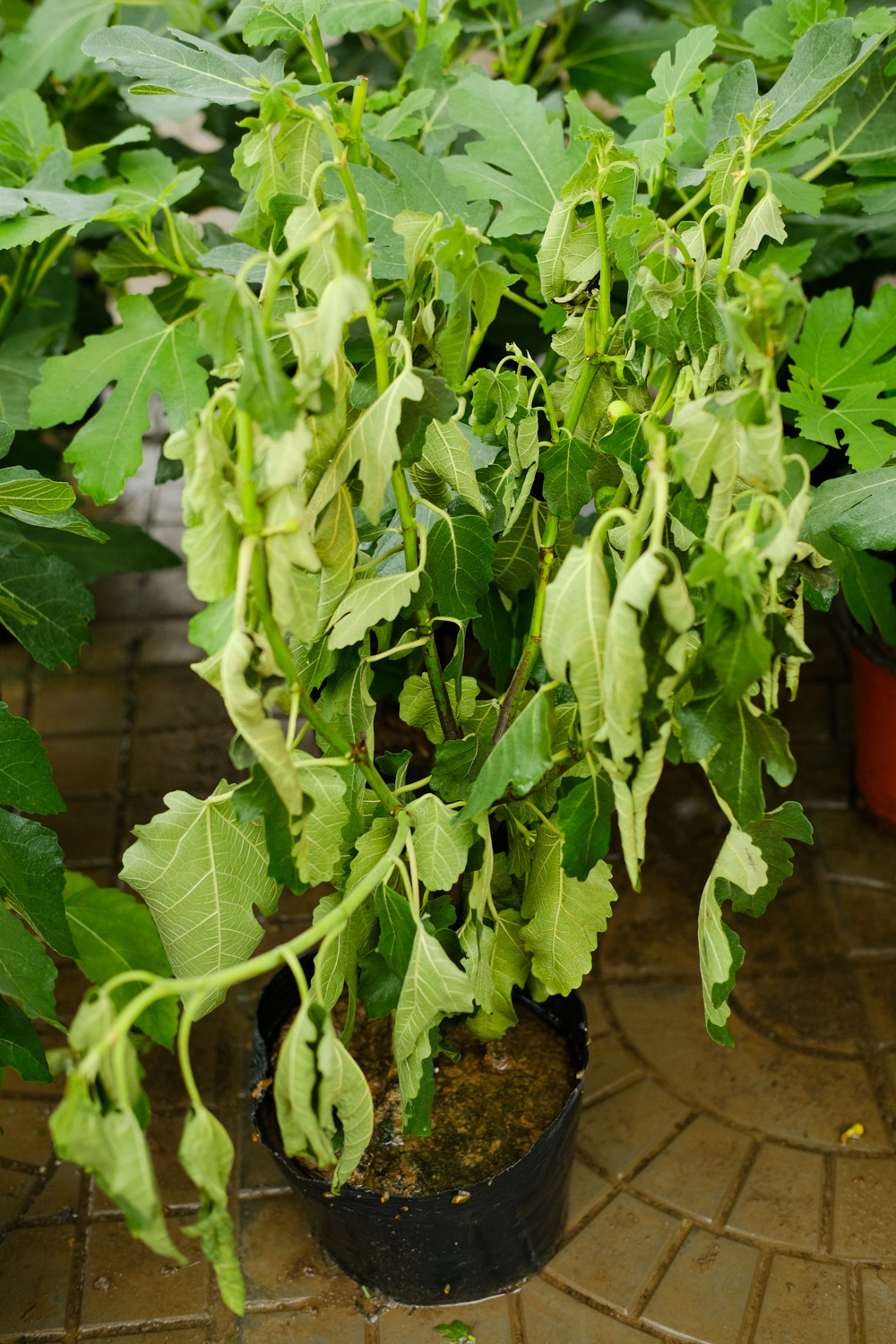
Why does it look like there are no flowers?
In fact, the fig we usually eat is not its real fruit, but the meat ball formed after the expansion of the receptacle. The so-called fig is actually a compound fruit formed by the development of the huge receptacle and stamens. When you break a fig, you will find filaments and many small seeds inside. Filaments are stamens and small rods are seeds produced by pollination. Fig flowers have only small stamens and no petals. The large receptacle wraps those small stamens, and only a little pink stamens can be seen on the top, while the female stamens grow along the four walls of the receptacle.
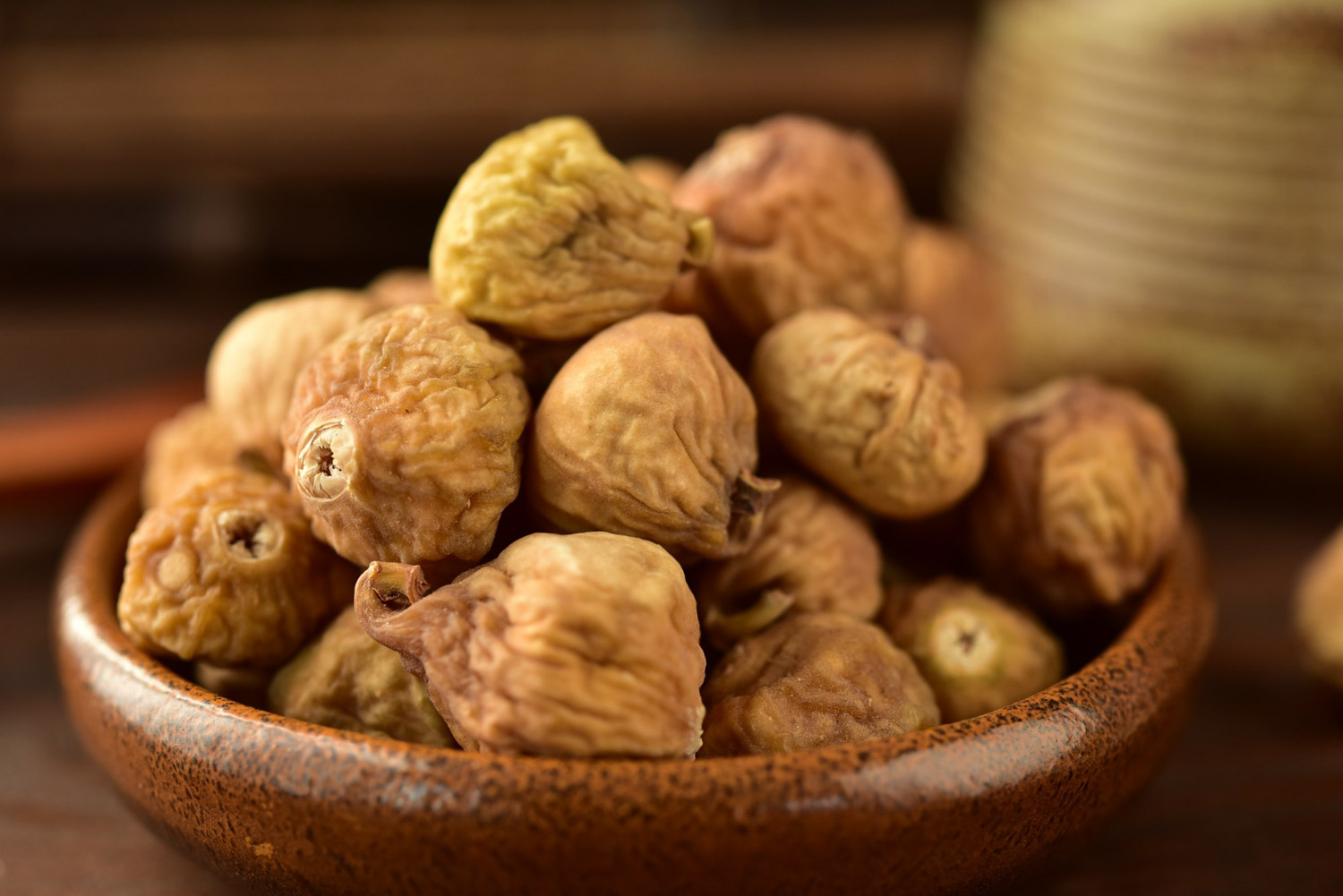
How do flowers pollinate?
The stamens of fig are hidden in the receptacle. The wind cannot blow out pollen, and insects are not easy to go in and out to eat pollen. So how are figs pollinated? Originally, there was a small hole at the top of the fig receptacle, which allowed only one insect to pollinate it, namely the wasp. Wasps lay their eggs in Fig flowers. The inflorescence grows up and the eggs emerge into wasps. It goes around in the flower and is stained with pollen grains. It flies out of the small hole on the top of the fig and then flies to another fig to lay eggs to help the fig pollinate. After the female flower is pollinated, it will bear seeds.

 jackfruit
jackfruit snake plant
snake plant hibiscus
hibiscus hydrangea
hydrangea lavender
lavender Green roses climb al...
Green roses climb al... If you don't pay att...
If you don't pay att... Management of four g...
Management of four g...


